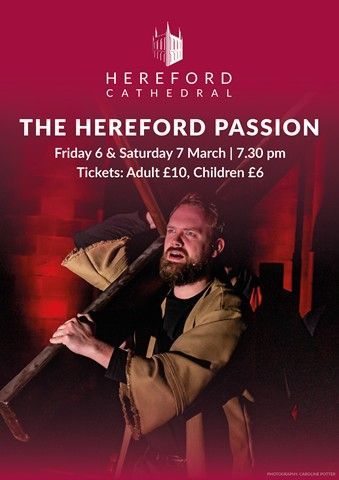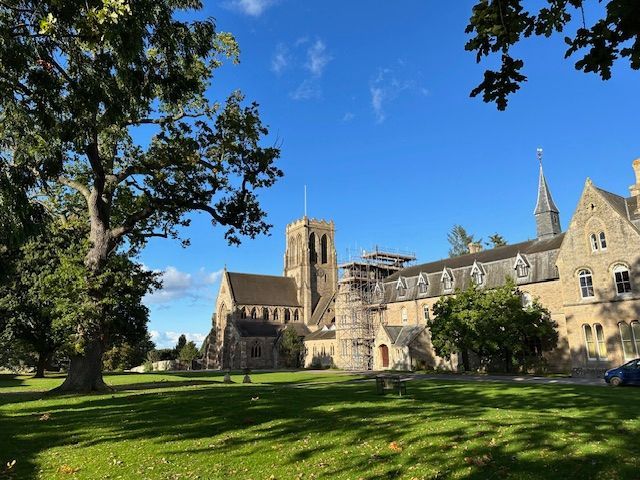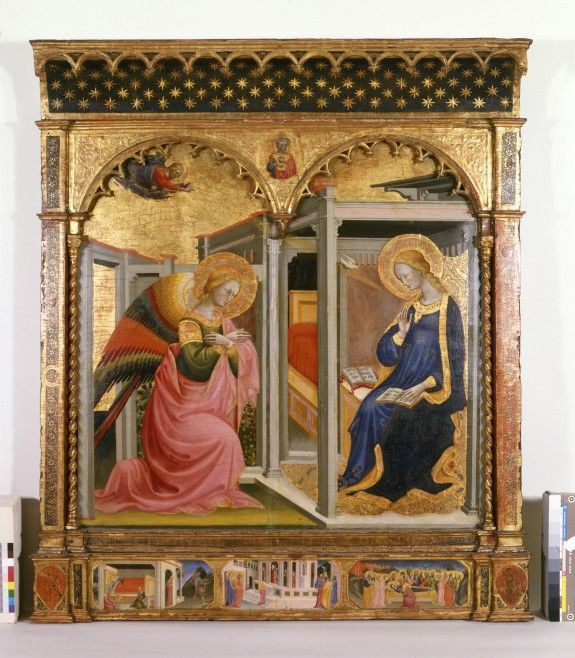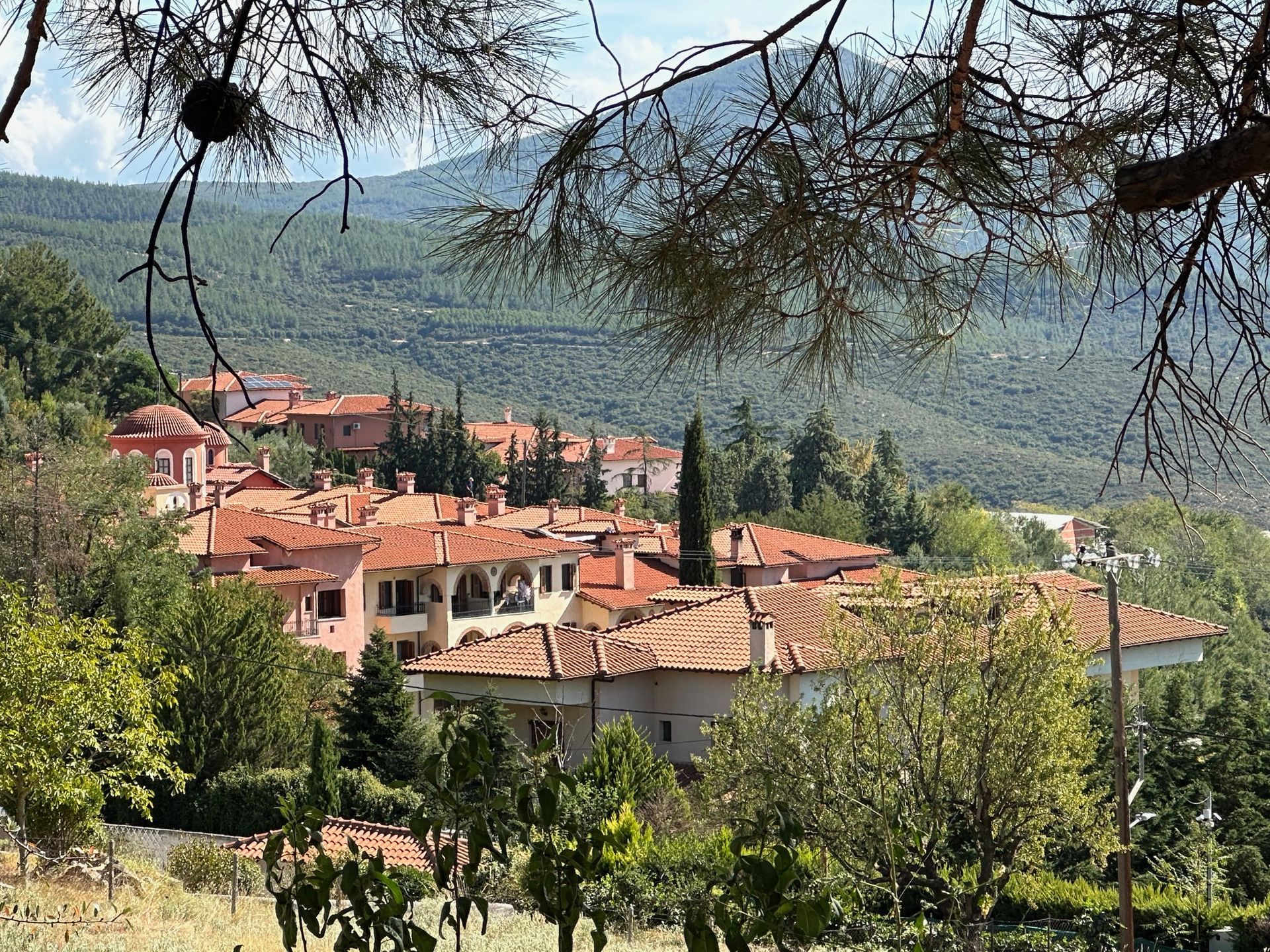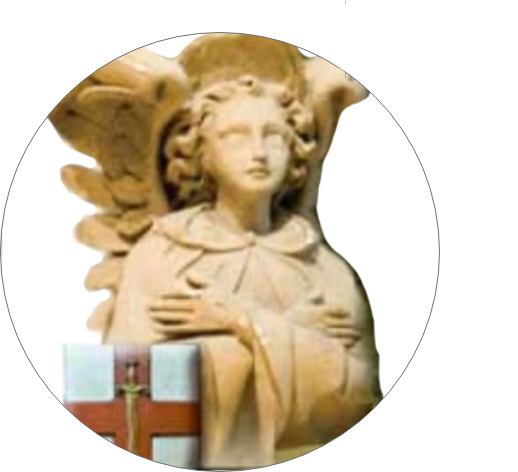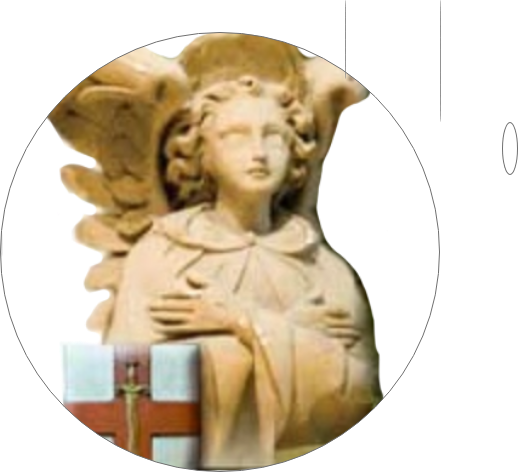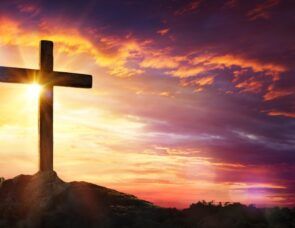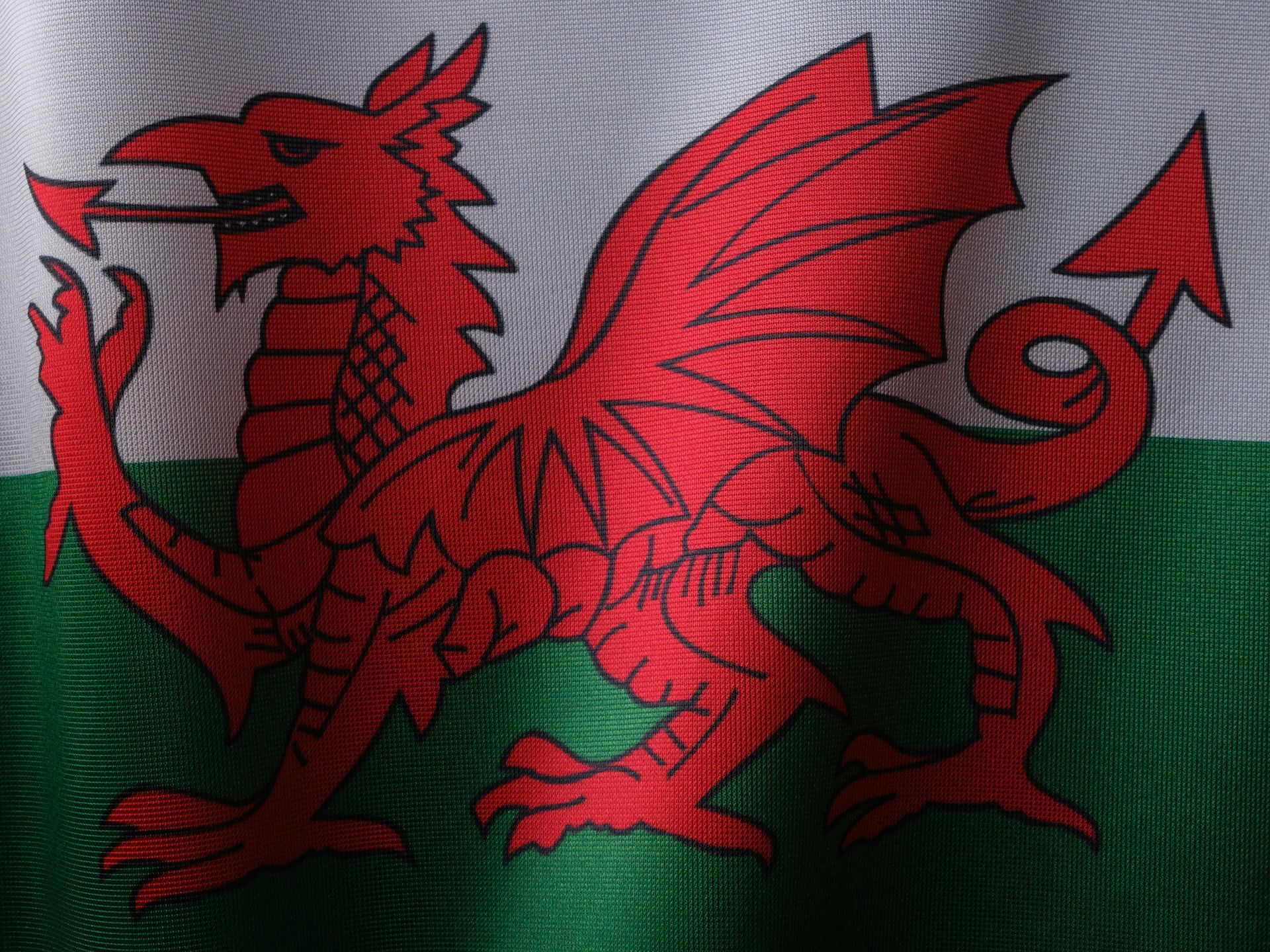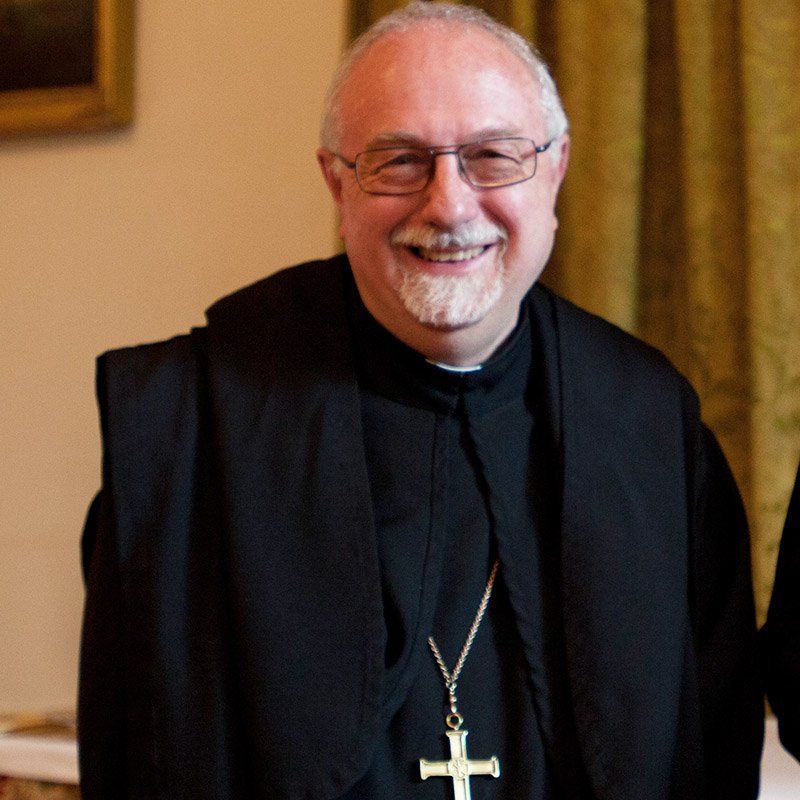Message from Fr Paul for Friday 15th September
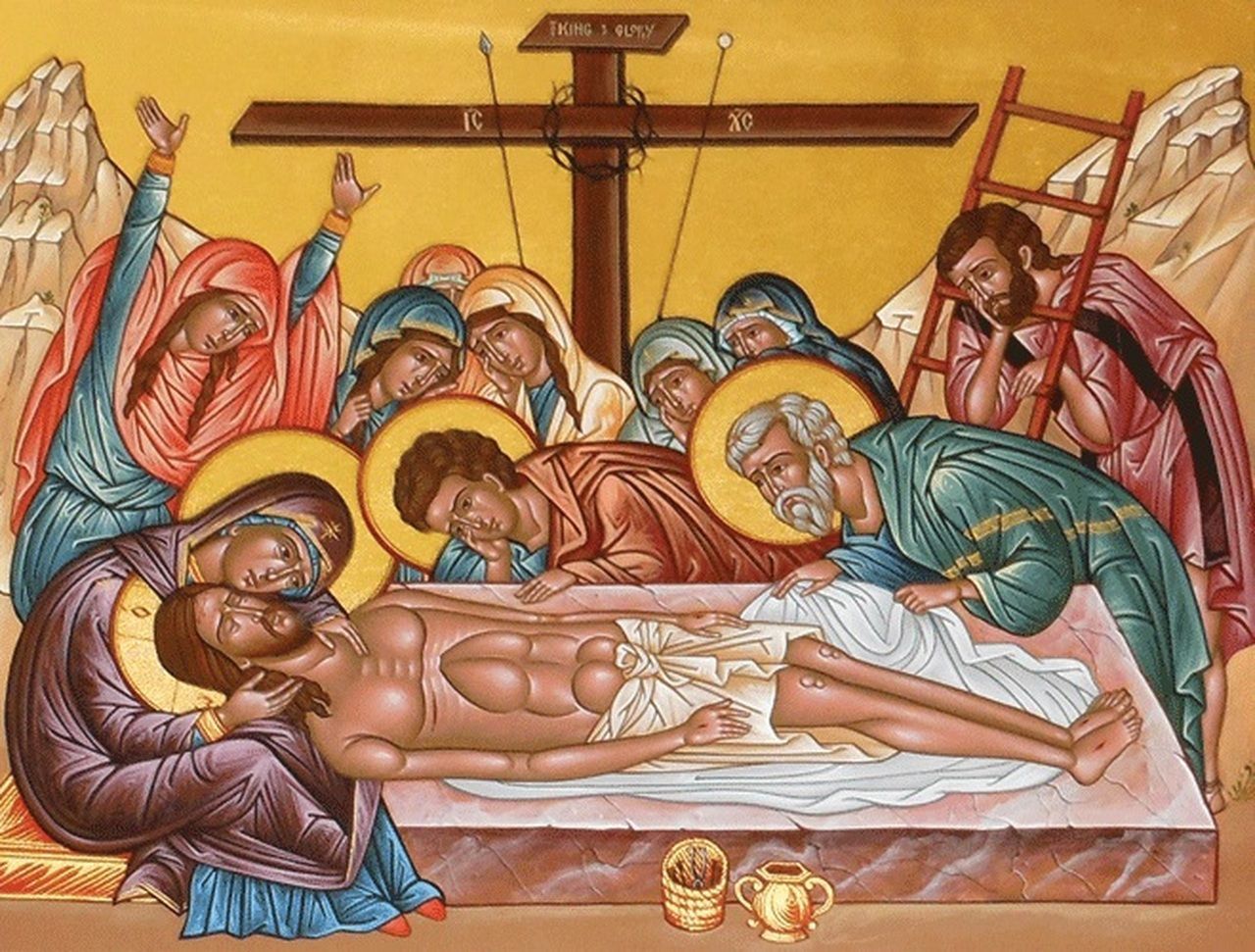
Message from Fr Paul for Friday, 15th September 2023
The feast of Our Lady of Sorrows, which we keep today, has been celebrated on other days and under many different titles. In the Middle Ages, although names varied from place to place, the most popular title was Our Lady of Compassion. All over Europe and Latin America, you will find the most beautiful statues and altars in honour of our Sorrowful Mother. Tragically, in Britain, all these were destroyed at the Reformation. The most popular day for celebrating this feast was the Friday before Palm Sunday and, in your Missals, you will find an alternative collect for that day. In fact, in many countries, that is still the case. One of my fondest recollections of Lent and Holy Week in Peru is the procession of the Dolorosa on the Friday before Palm Sunday, the first of the great all-night processions of Holy Week through the town of Tambogrande, where we first set up home in the parish house on our arrival in 1981. In fact, I was Parish Priest of Tambogrande for five years. These processions, that involved the entire population of the town, continued each evening until dawn of Easter Sunday, when the dramatic procession of “Los Encuentros” (the Encounters) took place in the town square at the conclusion of the Easter Vigil that began at 3am. How I miss that authentic, raw Catholic tradition and living faith. By contrast, it all seems so cold and paired down in the U.K. Anyway, nostalgia will get us nowhere, so let’s take a look at today’s short Gospel, which comes from John’s Passion narrative, (Jn 19: 25-27).
“Near the cross of Jesus stood his mother and his mother’s sister, Mary the wife of Clopas, and Mary of Magdala. Seeing his mother and the disciple he loved standing near her, Jesus said to his mother, ‘Woman, this is your son.’ Then to the disciple he said, ‘This is your mother.’ And from that moment the disciple made a place for her in his home.” Only in John do we find this detail of the Passion related, together with the presence of the three Marys and the beloved disciple at the foot of the Cross. As Mary or Miriam was the most popular of all names for women, John gives us further details, however he does not tell us the name of the beloved disciple, the same who rested his head on Jesus’ breast during the Last Supper. Whereas he tells the disciple, “This is your mother,” he does not address Mary as mother. Instead, he calls her, “Woman,” just as he did at the wedding feast of Cana.
Mary, of course, is more than a mother to Jesus. At the foot of the Cross and at Cana, she becomes the mother of his disciple and of the newly married couple, she becomes the Mother of the Church and the Mother of all who live.
Mary, our Mother, watch over the Church of your Son and over our families. Be near to those who suffer and console them with your compassion. Blessed art thou among women, and blessed is the fruit of your womb, Jesus.

